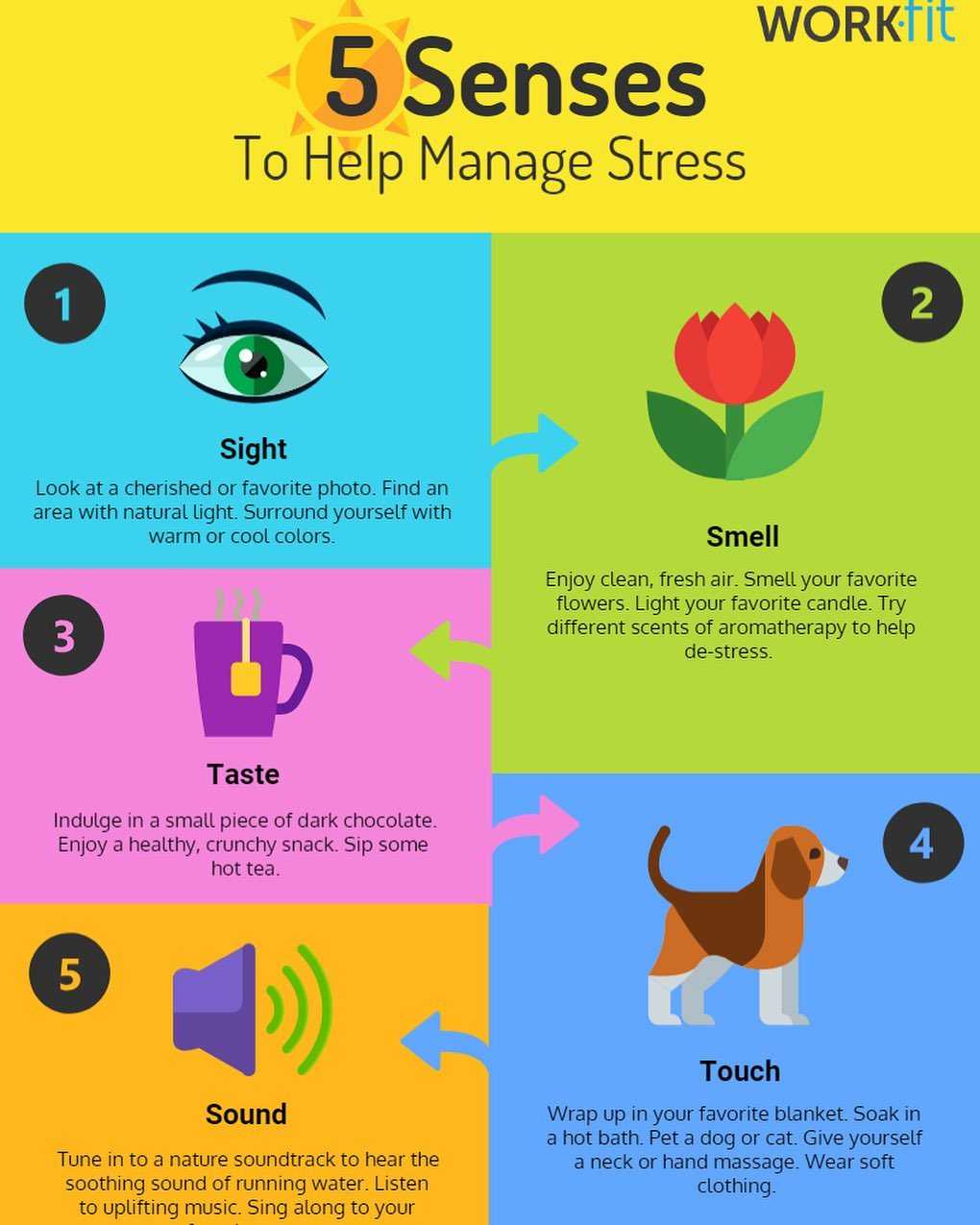In today’s fast-paced, highly demanding world, stress has become an inevitable part of our daily lives. Whether it’s the pressure to meet deadlines, manage multiple responsibilities, or keep up with the constant buzz of technology, stress can take a significant toll on our physical and mental well-being.
While stress is a normal reaction to life’s challenges, when it becomes overwhelming and chronic, it can lead to a range of health issues, including anxiety, depression, headaches, digestive problems, and heart disease. The good news is that there are many effective strategies for managing stress, and one of the most powerful is time management.
Time management involves organizing and planning your time effectively to achieve your goals while minimizing stress and maximizing productivity. By taking control of your time, you can create a more balanced and fulfilling life, reducing stress and improving your overall well-being.
Time Management as a Stress Reliever
By taking control of your time, you can significantly reduce stress and improve your overall well-being.
- Plan and prioritize tasks.
- Set realistic goals.
- Break down large tasks.
- Allocate time for breaks.
- Say no to non-essential commitments.
- Delegate tasks when possible.
- Use time management tools.
- Practice mindfulness and relaxation techniques.
- Maintain a healthy lifestyle.
Remember, time management is not about cramming more into your day. It’s about working smarter, not harder, and creating a more balanced and fulfilling life.
Plan and prioritize tasks.
One of the most important aspects of effective time management is planning and prioritizing your tasks. This involves creating a to-do list and ranking the items in order of importance and urgency.
- Identify your goals.
What do you want to achieve today, this week, this month? Once you know what you need to accomplish, you can start to prioritize your tasks.
- Consider the importance and urgency of each task.
Some tasks may be important but not urgent, while others may be urgent but not important. Prioritize the tasks that are both important and urgent first.
- Break down large tasks into smaller ones.
This will make them seem less daunting and easier to start. You can also assign deadlines to each smaller task to keep yourself on track.
- Create a to-do list.
Write down all the tasks you need to complete, along with their deadlines. This will help you visualize your workload and stay organized.
By planning and prioritizing your tasks, you can ensure that you’re working on the most important things first and that you’re not wasting time on low-priority tasks. This will help you feel more in control of your time and reduce stress.
Set realistic goals.
Another important aspect of effective time management is setting realistic goals. This means setting goals that are challenging but achievable. If you set your sights too high, you’re likely to feel overwhelmed and discouraged. This can lead to stress and procrastination.
- Consider your time and resources.
Be realistic about how much time and resources you have available to achieve your goals. Don’t set yourself up for failure by setting goals that are impossible to reach.
- Break down large goals into smaller ones.
This will make them seem less daunting and easier to achieve. You can also assign deadlines to each smaller goal to keep yourself on track.
- Be flexible.
Things don’t always go according to plan. Be prepared to adjust your goals as needed. If you find that a goal is too difficult or unrealistic, don’t be afraid to revise it.
- Celebrate your successes.
As you achieve your goals, take some time to celebrate your successes. This will help you stay motivated and on track.
By setting realistic goals, you can avoid feeling overwhelmed and stressed. You’ll also be more likely to achieve your goals, which will boost your confidence and motivation.
Break down large tasks.
When you’re faced with a large and daunting task, it’s easy to feel overwhelmed and stressed. However, if you break the task down into smaller, more manageable steps, it will seem less daunting and easier to start.
- Identify the main steps involved in the task.
What are the individual steps that you need to take to complete the task? Write down each step in a list.
- Prioritize the steps.
Which steps are the most important? Which steps can be done later? Once you know the order in which you need to complete the steps, you can start working on them one at a time.
- Set deadlines for each step.
This will help you stay on track and avoid procrastination. Be realistic about how much time you need to complete each step.
- Take breaks between steps.
It’s important to take breaks throughout the day, especially when you’re working on a large task. Getting up and moving around, or taking a few minutes to relax and clear your head, can help you stay focused and avoid burnout.
By breaking down large tasks into smaller ones, you can make them seem less daunting and easier to manage. This will help you feel more in control and reduce stress.
Allocate time for breaks.
It’s important to schedule breaks throughout your day, even if it’s just for a few minutes. Getting up and moving around, or taking a few minutes to relax and clear your head, can help you stay focused and avoid burnout. When you’re feeling stressed, taking a break can help you to calm down and regain your composure.
There are many different ways to take a break. You could go for a walk, listen to some music, read a book, or simply close your eyes and take a few deep breaths. The important thing is to find something that helps you to relax and de-stress.
If you’re struggling to find time for breaks, try setting a timer for every 20-30 minutes. When the timer goes off, get up and move around for a few minutes, or take a few minutes to relax and clear your head. You’ll be surprised at how much better you feel after taking a short break.
Taking breaks can also help you to be more productive. When you’re feeling stressed and overwhelmed, it’s difficult to focus and concentrate. Taking a break can help you to clear your head and come back to your work refreshed and ready to focus.
So, next time you’re feeling stressed, don’t be afraid to take a break. It’s one of the best things you can do for your productivity and your overall well-being.
Say no to non-essential commitments.
One of the best ways to reduce stress is to learn to say no to non-essential commitments. When you’re already feeling overwhelmed, taking on more commitments will only make things worse. It’s important to be realistic about how much time and energy you have available. Don’t be afraid to say no to things that you don’t have time for or that don’t align with your priorities.
It’s also important to be assertive when saying no. Don’t be afraid to explain to people why you can’t commit to something. Be polite but firm, and don’t let people pressure you into saying yes when you really mean no.
Saying no to non-essential commitments can be difficult, especially if you’re a people-pleaser. However, it’s important to remember that you can’t pour from an empty cup. If you’re constantly taking on more than you can handle, you’ll eventually burn out. Saying no to non-essential commitments is essential for protecting your time and your sanity.
Here are some tips for saying no to non-essential commitments:
- Be polite but firm.
- Explain why you can’t commit.
- Offer an alternative if possible.
- Don’t be afraid to say no to people you don’t know well.
- Don’t feel guilty about saying no.
Remember, it’s okay to say no. Saying no to non-essential commitments is essential for managing your time and reducing stress.
Delegate tasks when possible.
If you have too much on your plate, don’t be afraid to delegate tasks to others. This could mean asking a coworker to help you with a project, hiring a virtual assistant to handle administrative tasks, or asking a family member to help with chores around the house.
Delegating tasks can be difficult, especially if you’re a perfectionist or if you’re worried about someone else doing the job as well as you would. However, it’s important to remember that delegating tasks is not a sign of weakness. In fact, it’s a sign of strength and good time management.
When you delegate tasks, you’re not only freeing up your own time, you’re also giving others the opportunity to learn and grow. And, when everyone is working together, tasks get done more quickly and efficiently.
Here are some tips for delegating tasks effectively:
- Choose the right person for the job.
- Be clear about your expectations.
- Provide the necessary resources and support.
- Be open to feedback.
- Thank the person for their help.
Delegating tasks when possible is a great way to reduce stress and free up your time. So, don’t be afraid to ask for help when you need it.
Use time management tools.
There are a variety of time management tools available that can help you to plan your time, track your progress, and stay organized. These tools can be a great way to reduce stress and improve your productivity.
Some popular time management tools include:
- Calendars and planners: These tools can help you to keep track of your appointments, deadlines, and other important events.
- To-do lists: To-do lists can help you to keep track of the tasks that you need to complete each day.
- Time tracking apps: Time tracking apps can help you to track how you spend your time, so that you can identify areas where you can be more efficient.
- Project management software: Project management software can help you to plan and track complex projects, and to collaborate with others.
There are many different time management tools available, so you can choose the ones that work best for you. Experiment with different tools until you find a system that helps you to stay organized and productive.
Here are some tips for using time management tools effectively:
- Choose the right tools for your needs.
- Learn how to use the tools effectively.
- Be consistent with your use of the tools.
- Review your progress regularly and make adjustments as needed.
Using time management tools can be a great way to reduce stress and improve your productivity. So, don’t be afraid to experiment with different tools until you find a system that works for you.
Practice mindfulness and relaxation techniques.
Mindfulness and relaxation techniques can be powerful tools for reducing stress and improving your overall well-being. When you practice mindfulness, you’re paying attention to the present moment without judgment. This can help you to become more aware of your thoughts, feelings, and bodily sensations. Relaxation techniques, such as deep breathing and meditation, can help to calm your body and mind.
There are many different mindfulness and relaxation techniques that you can try. Some popular techniques include:
- Mindfulness meditation: This involves sitting in a comfortable position and focusing on your breath. As you breathe in, say to yourself, “I am breathing in.” As you breathe out, say to yourself, “I am breathing out.” Continue this for several minutes, or for as long as you like.
- Body scan meditation: This involves lying down or sitting in a comfortable position and paying attention to the different sensations in your body. Start at the top of your head and work your way down to your toes. Notice any areas of tension or discomfort, and try to relax those areas.
- Deep breathing: Deep breathing is a simple but effective relaxation technique. To practice deep breathing, find a comfortable position and close your eyes. Take a deep breath in through your nose, and then slowly exhale through your mouth. Repeat this for several minutes, or for as long as you like.
You can practice mindfulness and relaxation techniques for just a few minutes each day, or for as long as you like. Even a few minutes of practice can help to reduce stress and improve your well-being.
Here are some tips for practicing mindfulness and relaxation techniques:
- Find a quiet and comfortable place to practice.
- Start with a few minutes of practice each day and gradually increase the amount of time you practice.
- Be patient and don’t judge yourself if you find it difficult to focus at first.
- Be consistent with your practice. The more you practice, the easier it will become.
Practicing mindfulness and relaxation techniques can be a great way to reduce stress and improve your overall well-being. So, take some time each day to relax and focus on the present moment.
Maintain a healthy lifestyle.
Maintaining a healthy lifestyle is essential for reducing stress and improving your overall well-being. When you take care of your physical and mental health, you’re better able to cope with stress and difficult situations.
- Eat a healthy diet.
Eating a healthy diet gives your body the nutrients it needs to function properly. This can help to improve your mood, energy levels, and overall well-being.
- Get regular exercise.
Exercise is a great way to reduce stress and improve your mood. It also helps to improve your sleep, which can also help to reduce stress.
- Get enough sleep.
When you’re sleep-deprived, you’re more likely to feel stressed, anxious, and irritable. Aim for 7-8 hours of sleep each night.
- Avoid alcohol and drugs.
Alcohol and drugs can worsen stress and anxiety. If you’re struggling with stress, it’s best to avoid these substances.
Maintaining a healthy lifestyle can be a challenge, but it’s worth it. When you take care of your physical and mental health, you’re better able to cope with stress and difficult situations. You’re also more likely to feel happy, healthy, and productive.
FAQ
Here are some frequently asked questions about stress management:
Question 1: What are some common signs of stress?
Answer: Some common signs of stress include feeling overwhelmed, anxious, irritable, or fatigued. You may also experience physical symptoms, such as headaches, muscle pain, or difficulty sleeping.
Question 2: What are some healthy ways to manage stress?
Answer: There are many healthy ways to manage stress, such as exercise, relaxation techniques, and spending time in nature. It’s important to find what works for you and to make stress management a regular part of your routine.
Question 3: How can I reduce stress at work?
Answer: There are a number of things you can do to reduce stress at work, such as setting boundaries, taking breaks, and learning to say no. It’s also important to create a supportive work environment and to have open communication with your colleagues and supervisor.
Question 4: How can I manage stress in my personal life?
Answer: There are many things you can do to manage stress in your personal life, such as setting realistic goals, learning to let go of control, and spending time with loved ones. It’s also important to take care of your physical and mental health by eating a healthy diet, getting regular exercise, and getting enough sleep.
Question 5: When should I seek professional help for stress?
Answer: If you’re feeling overwhelmed by stress and it’s interfering with your daily life, it’s important to seek professional help. A therapist can help you to identify the sources of your stress and develop coping mechanisms.
Question 6: What are some resources for stress management?
Answer: There are many resources available for stress management, such as books, websites, and apps. You can also find stress management classes and workshops in your community.
Closing Paragraph for FAQ:
Remember, stress is a normal part of life. However, it’s important to manage stress in a healthy way to avoid negative consequences for your physical and mental health. If you’re struggling to manage stress on your own, don’t hesitate to seek professional help.
In addition to the information provided in the FAQ section, here are some additional tips for stress management:
Images References :

Woody Beck, a happy parents with two kids.


